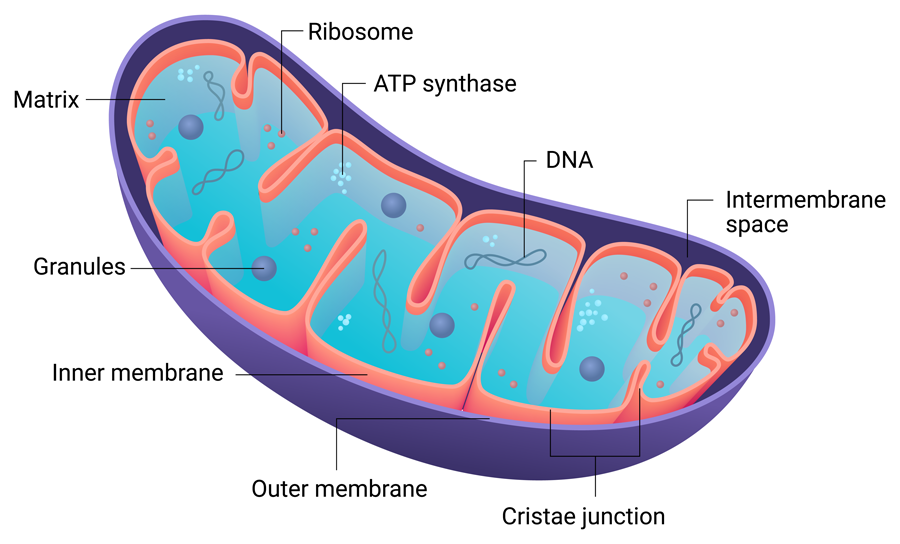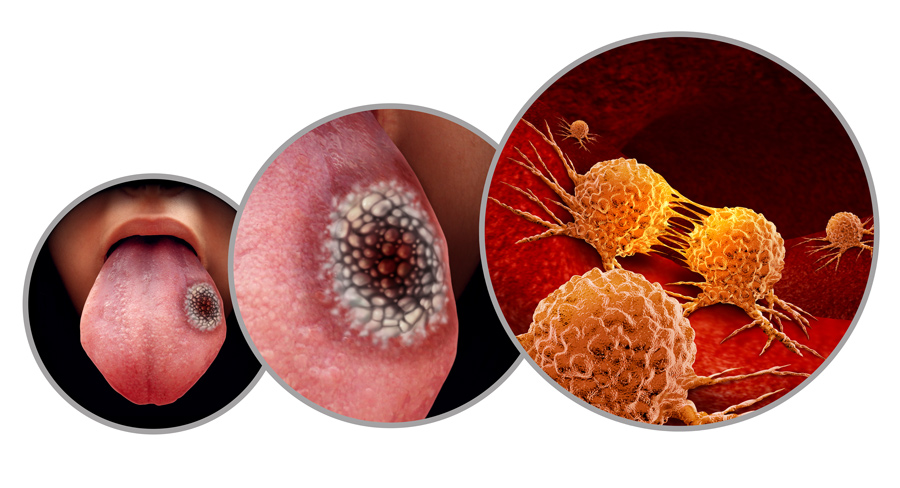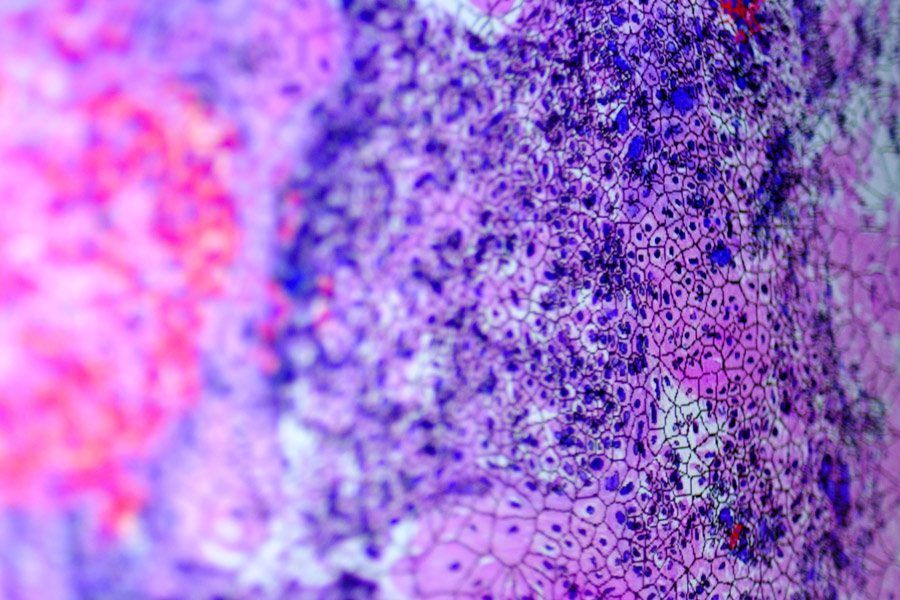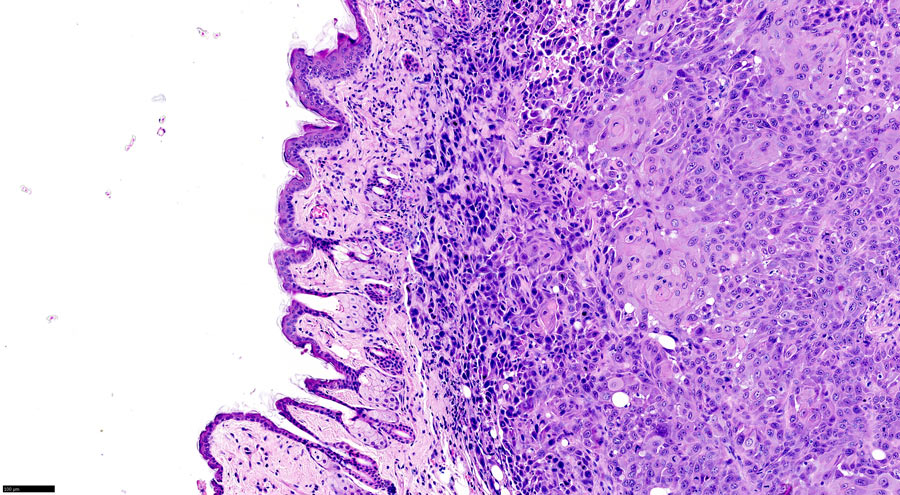Identifying the mitochondrial DNA mutations that cause cancer
Mutations that affect the mitochondrial DNA may play a key role in cancers. However, the exact mutations that are involved in cancer are still unknown. Dr Fatimata Mbaye and collaborators, from the University of Dakar in Senegal examined the sequences of two regions of the mitochondrial genome to identify and compare the mutations occurring in different cancers. Understanding the relationship between mitochondrial mutations and their roles in cancer could eventually lead to mitochondrial DNA being used as an oncological biomarker to diagnose cancer at earlier stages.
Despite cancer being one of the leading causes of deaths worldwide, detecting cancers early enough to treat them is still a challenge today. Cancer is complex. Various mechanisms can be involved and some of them have yet to be understood.
Most cancers are characterised by genetic instabilities. Somatic mutations (i.e. alterations in DNA that occur after conception) accumulate and transform the cells, for example giving them abnormal proliferative and invasive properties. While most of the genome is contained in the nucleus, a part of the genome is contained in mitochondria, and there is growing evidence that somatic mitochondrial mutations could be linked to cancer.
The powerhouse of the cell
Mitochondria are organelles that are known as the powerhouses of the cell. They generate most of the chemical energy needed to power all the biochemical reactions that happen in the cell. This chemical energy is stored in small molecules called adenosine triphosphate (ATP).

When a source of energy such as carbohydrates (sugars and fibres), fats or proteins enters the cell, it is brought into mitochondria and converted through a succession of reactions called the Krebs cycle (or citric acid cycle). Products of the Krebs cycle are then used in a second metabolic pathway named oxidative phosphorylation. It is through oxidative phosphorylation that ATP, the universal energy currency in cells, is generated.
Reactive oxygen species (ROS) are side products of oxidative phosphorylation. ROS play diverse roles that are beneficial to the body. They are essential in the cardiovascular and immune systems, for example. However, ROS can also be toxic: they possess an unpaired electron which makes them highly reactive and thus able to damage proteins, lipids and nucleic acids (such as DNA) contained in the cell. The body therefore requires a balance in its ROS levels as an excess will lead to oxidative stress while a level that is too low will lead to reductive stresses that can cause pathologies ranging from cardiomyopathy to cancer.

Mitochondrial DNA
Beside their characteristic role as the powerhouse of the cell, mitochondria have another specificity: they are the only place outside the nucleus where DNA can be found. While the nuclear genome is linear, mitochondrial DNA is a small circular chromosome. Each cell contains numerous mitochondria and each mitochondrion contains dozens of copies of its mitochondrial genome. This means that a cell can contain thousands of copies of its mitochondrial genome, while it contains two copies of its nuclear genome.
Finding oncological biomarkers could help diagnosing oral cancers at an earlier stage.
The mitochondrial genome is small, built of 16,569 nucleotides that encode 13 proteins, whereas the nuclear genome is made of 3.3 billion nucleotides. The 13 proteins encoded by the mitochondrial genome all take part in the oxidative phosphorylation pathway that enables mitochondria to generate energy.
Frequent mitochondrial mutations
Mutations occur naturally in every cell. However, the rate of mitochondrial DNA mutation is several times higher than the rate for nuclear DNA. A first explanation is that, in the nucleus, a system called mismatch repair recognises and repairs errors in the DNA sequence; mutations can therefore be reverted. In the mitochondria, this reparation system is less efficient. A second explanation is that ROS, which are produced during the oxidative phosphorylation that takes place in the mitochondria, can damage DNA and favour mutations.

Mitochondrial mutations may modify the function of normal oxidative phosphorylation chain and lead to improper production of genotoxic reactive oxygen species. This would eventually disrupt the cell. Scientists widely accept the idea that mitochondria play an important role in the ageing processes of both cells and individuals. Increased accumulation of mitochondrial DNA mutations has been reported in ageing tissues such as brain, skeletal muscle, and fibroblasts and in many pathological conditions including neurologic, metabolic, and age-related disorders.
Mitochondrial mutations have also been frequently observed in human cancers and proposed as important oncological biomarkers. However, the exact mitochondrial mutations that are responsible for the pathogenesis of cancer remain unclear. To shed light on this, Dr Mbaye and her team examine mitochondrial mutations in cancer and focus on two specific regions: the D-Loop region and the MT-CYB gene.

The D-Loop region
Dr Mbaye and her collaborators focus on the D-Loop region of mitochondrial DNA because this region is crucial for replication and expression of the mitochondrial genome. It contains transcriptional promoters that are essential for gene expression. It also contains the leading-strand origin of replication, a third strand of DNA that initiates replication of the genome. This third strand gives this region its distinctive triple-stranded DNA structure that makes it more susceptible to somatic mutations.
The MT-CYB gene
Dr Mbaye and collaborators’ research has also honed in on the MT-CYB gene, which provides instructions for making a protein called Cytochrome B. Cytochrome B is one of 11 components of a group of proteins called complex III, which is involved in the oxidative phosphorylation pathway. The MT-CYB gene is also interesting because it is highly variable both among species and among human individuals.
Among the oral cavity tumour tissues, almost 90% carried mitochondrial mutations.
Mitochondrial mutations in oral cancer
Oral cancer is the sixth most common cancer in the world. Most oral cancers are detected at an advanced stage, which is not ideal for patient care and treatment. Finding oncological biomarkers could help to diagnose oral cancers at an earlier stage. With this in mind, Dr Mbaye examined the MT-CYB and D-Loop sequences of the mitochondrial genome in 45 oral cavity cancers: the D-Loop and MT-CYB regions of mitochondrial DNA derived from control and tumour tissues were analysed, and any DNA sequence differences were regarded as somatic mutations.

Among the oral cavity tumour tissues, almost 90% carried mitochondrial mutations. Mutations were much more frequent in the D-Loop region than in the MT-CYB gene: almost 80% of the mutations that were observed were in the D-Loop region while only 20% affected the MT-CYB gene. This does not necessarily mean that mutations naturally occur more frequently in the D-Loop region than in the MT-CYB gene, but suggests that mutations in the D-Loop region are more likely to have severe consequences and favour cancer than mutations occurring in other parts of the mitochondrial genome.
Dr Mbaye also observed a high heterogeneity within tumours: not all cells within a given tumour carry the same mutations. This heterogeneity can be a limiting factor in determining appropriate treatment because the characteristics of the tumour cannot be attributed to a specific mutation. For example, it is unclear which of the two mitochondrial regions (MT-CYB or the D-Loop) is associated with tumorigenesis, including changes in the cell cycle, cell death, and differentiation. It is also unknown which of the mutations in the two regions are responsible for giving cancer its invasive properties.
Similarities in different cancers
Now that Dr Mbaye and her team provided evidence for the theory that most oral cancers contain mitochondrial mutations, the next step will be to examine mutations in other cancers. In Senegal, where Dr Mbaye is based, breast cancer is a major health problem that affects 20.7% of women. Ovarian cancer is also common. In their new study, the team will examine the MT-CYB and D-Loop sequences of the mitochondrial genome in breast cancer, ovarian cancer and oral cancer samples. Their aim will be to compare the mutation profiles and identify the mitochondrial mutations that are shared in the three different cancers. Finding similarities between mutation profiles would suggest a common pathologic process in the different cancers.

Towards new oncological biomarkers?
Given the high rate of mitochondrial mutations and the well-established mitochondrial dysfunction in cancer, the mitochondrial genome is, according to Dr Mbaye and her team, an under-explored avenue for insight into cancer pathogenesis. Their study confirms that a high rate of mitochondrial mutations is visible in cancer. Further studies are now required to elucidate the relationship between the mitochondrial mutations, the pathological process and the survival rate in cancer patients; by understanding which mutations play a key role in cancer, mitochondrial DNA could be an interesting candidate source for biomarkers that would help detect cancers at an earlier stage.
Personal Response
What sparked your interest in mitochondrial DNA?
<> The Genetics and Population Management team to which I belong and which is headed by Professor Mbacké Sembene is interested in the implication of mutations in the mitochondrial genome due to the lack of genetic studies carried out in the field of cancerology in Senegal.
